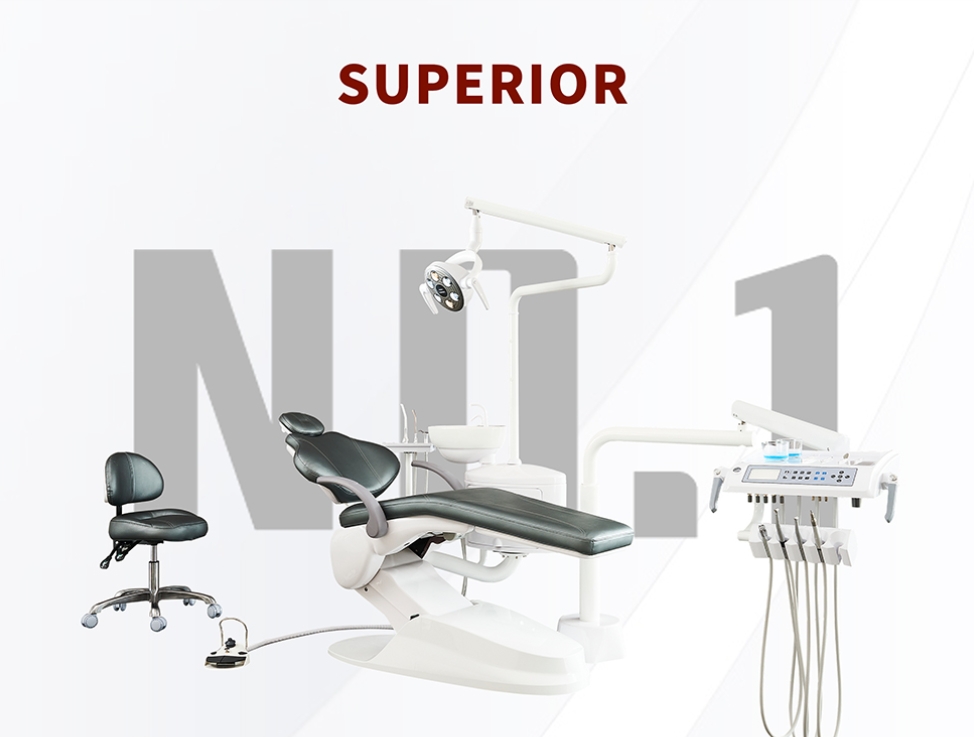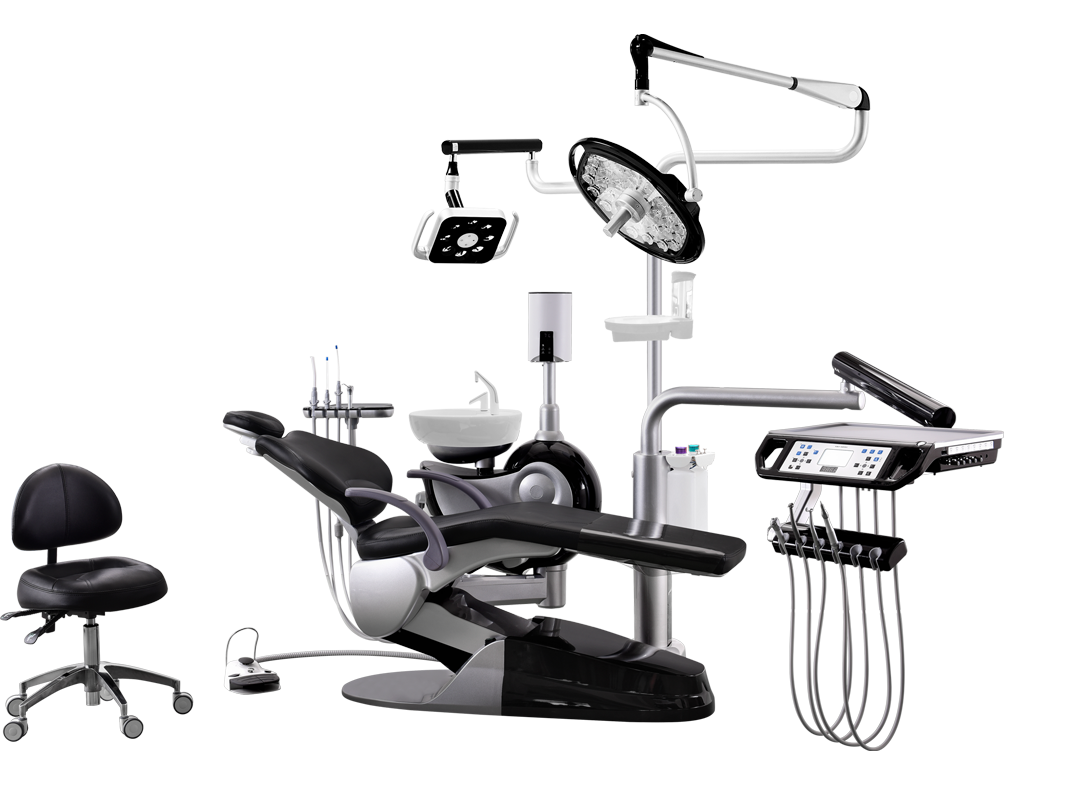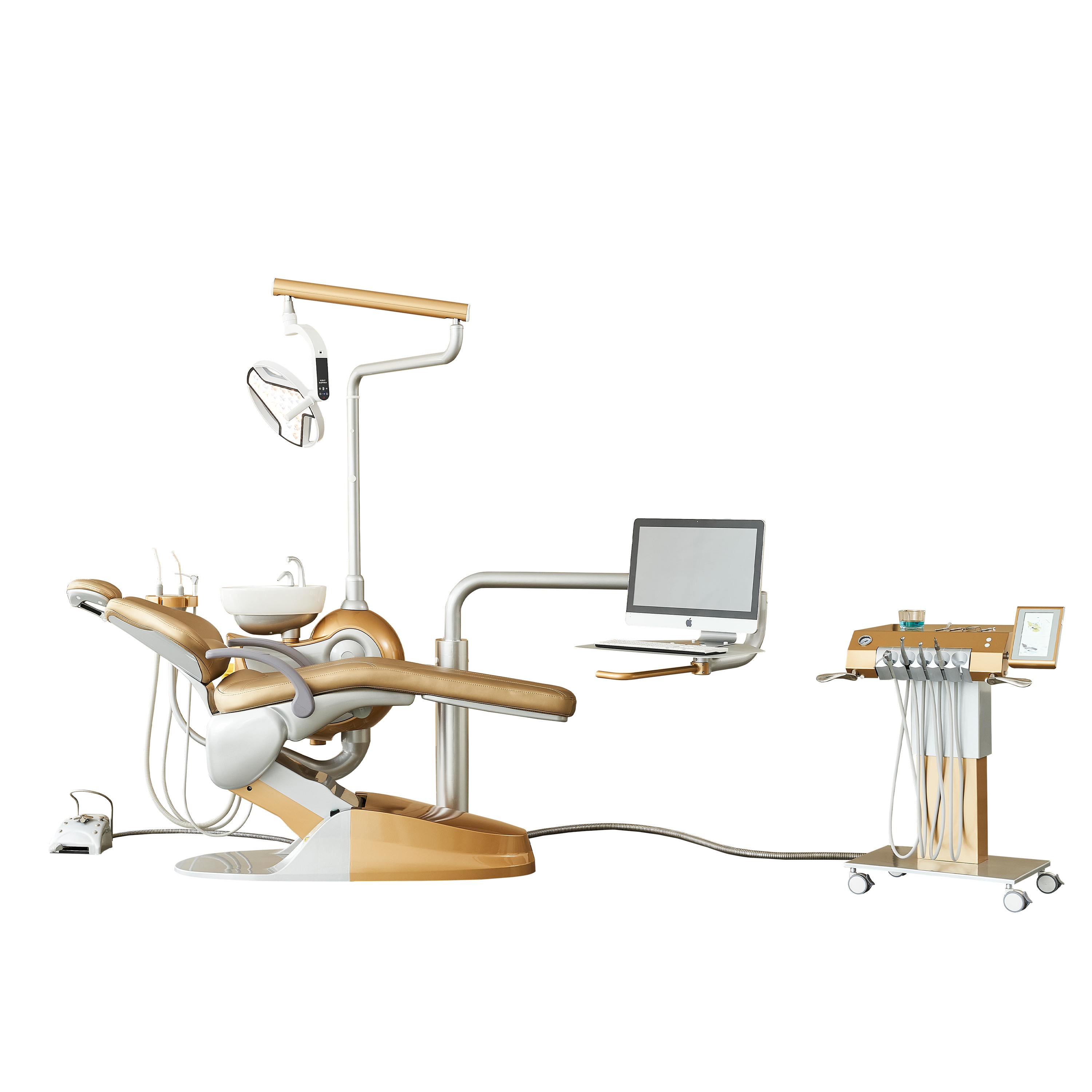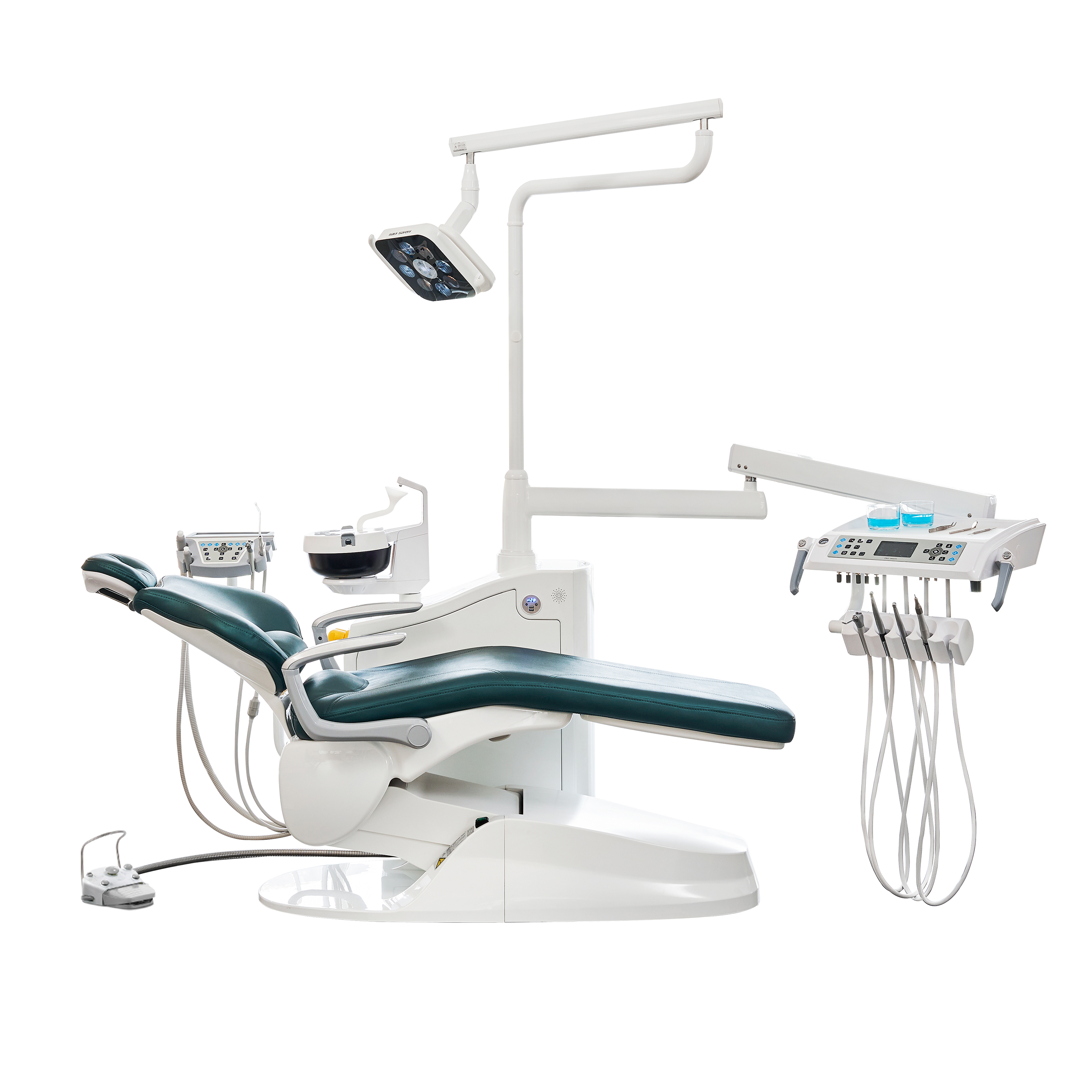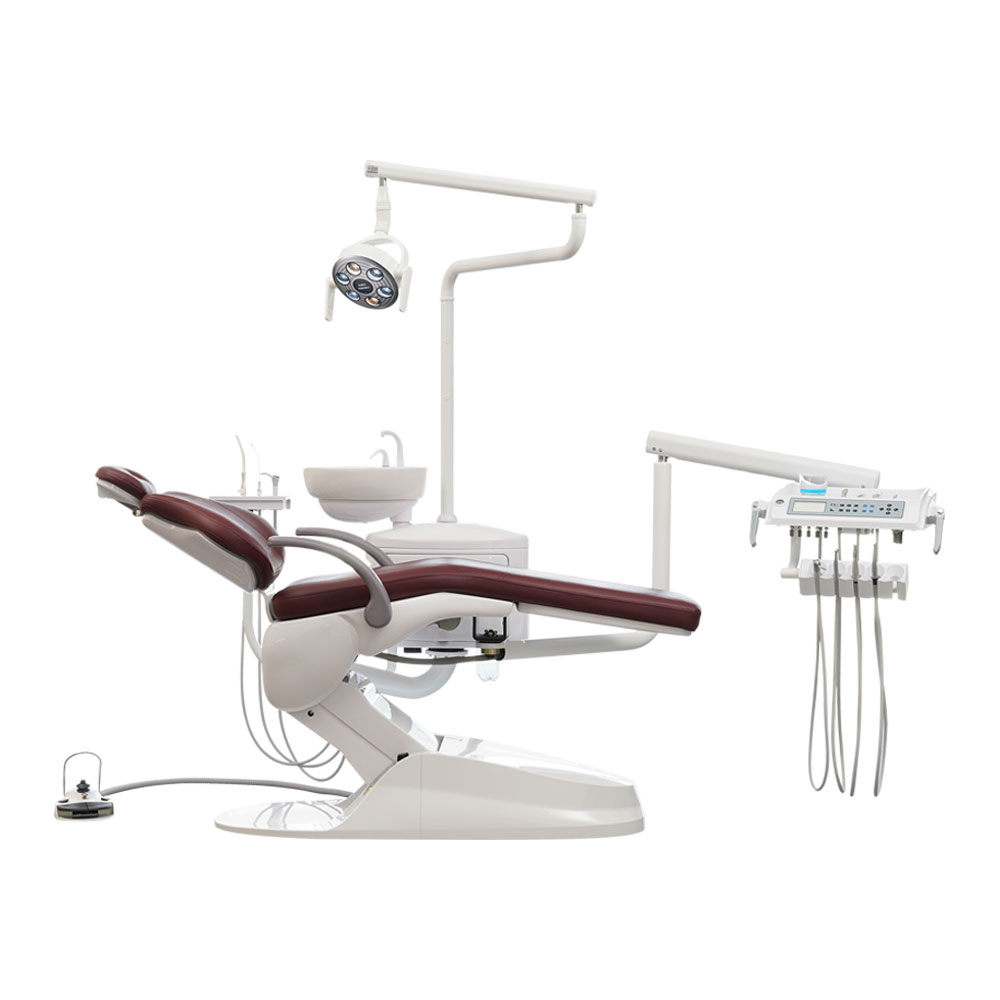In the intricate world of dental care, every piece of equipment plays a crucial role in ensuring patient comfort, practitioner efficiency, and overall treatment efficacy. Among these, the dentist stool stands as an often-overlooked yet indispensable component of the dental chair unit. Understanding its significance requires delving into its design, functionality, and integration within the dental operatory.
Ergonomics and Comfort
Adjustable Height and Tilt
A dentist stool's ability to adjust in height and tilt is fundamental for accommodating practitioners of varying statures and preferences. By customizing the stool's position, dental professionals can maintain proper posture throughout prolonged procedures, reducing the risk of musculoskeletal strain and fatigue.
Lumbar Support and Backrest
Effective lumbar support and a well-designed backrest are essential features that contribute to the comfort and ergonomics of a dentist stool. These elements promote spinal alignment, preventing discomfort and potential injuries during extended periods of seated work.
Armrests and Footrests
Incorporating armrests and footrests into the design of a dentist stool enhances stability and relaxation for the practitioner. Proper support for arms and feet minimizes muscle tension, allowing dental professionals to focus their attention on intricate procedures without distraction.
Mobility and Maneuverability
Swivel and Casters
The ability of a dentist stool to swivel smoothly and move effortlessly on casters is paramount for seamless navigation within the dental operatory. This mobility facilitates quick transitions between patient chairs and equipment, optimizing workflow and enhancing overall efficiency.
Lightweight Materials
Utilizing lightweight materials in the construction of dentist stools further enhances their maneuverability without compromising durability or stability. Lightweight stools are easier to transport and adjust, offering practitioners greater flexibility in their workspace arrangement.
Compact Design
A compact design ensures that dentist stools occupy minimal space within the dental operatory while still providing optimal functionality. This feature is particularly advantageous in smaller practice settings or crowded treatment areas, where efficient space utilization is paramount.
Dentist Stool in Dental Chair Unit
Durability and Hygiene
Material Selection
Dentist stools must be constructed from durable materials capable of withstanding the rigors of daily use in a clinical environment. High-quality materials such as stainless steel or reinforced plastics ensure longevity and resistance to damage from chemical disinfectants.
Easy-to-Clean Surfaces
Maintaining strict hygiene standards is essential in dental practice, making it imperative for dentist stools to feature smooth, non-porous surfaces that are easy to clean and disinfect. This design consideration minimizes the risk of cross-contamination and supports infection control protocols.
Resistance to Wear and Tear
The constant use and movement involved in dental procedures necessitate dentist stools that are resistant to wear and tear. By investing in robust construction and durable components, dental practices can minimize the need for frequent repairs or replacements, thus reducing operational costs over time.
Integration with Dental Chair Unit
Compatibility with Dental Chair Specifications
Seamless integration between the dentist stool and dental chair unit requires careful consideration of compatibility with existing equipment specifications. Ensuring alignment in design and functionality enhances overall operatory efficiency and facilitates cohesive workflow management.
Seamless Functionality with Unit Controls
Dentist stools should complement the functionality of the dental chair unit, allowing practitioners to adjust settings and access controls with ease. Intuitive design features such as synchronized adjustment mechanisms streamline chair-stool interaction, promoting a seamless treatment experience for both patient and practitioner.
Space Optimization in the Dental Operatory
Efficient space utilization is essential in dental operatory design, making it imperative for dentist stools to contribute to overall space optimization. Compact dimensions, coupled with thoughtful placement within the operatory layout, maximize available workspace without compromising functionality or ergonomics.
Conclusion
The dentist stool serves as an integral component of the dental chair unit, playing a pivotal role in ensuring practitioner comfort, patient care, and operational efficiency. By prioritizing ergonomics, mobility, durability, and integration, dental practices can optimize their treatment environment and enhance the overall quality of care delivered.

